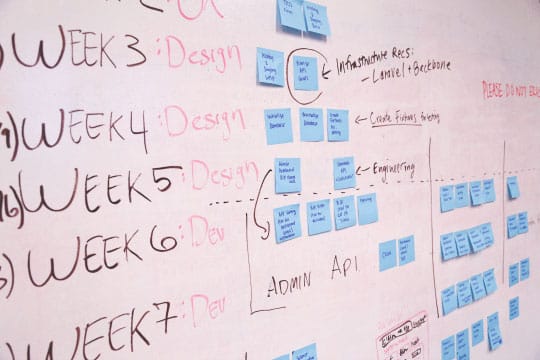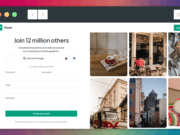For those who have never worked with web design projects before, any web project can look like a simple one. The fact of the matter is that a simple web design project can easily consist of 50+ tasks. Moreover, these tasks are being executed by various groups of people from various fields that are independent of one another: designers, developers, clients, managers, copywriters and hence may have a very hard time understanding each other.
Here are a few helpful tips that will keep chaos at bay and let you run your web design projects smoothly.
1. Everything that is important must be put on record.

Consolidate the preliminary information about the project into one document and confirm all the details with the client. Usually, such a document is called “Project Brief”. Why would you need a project brief?
At a minimum, you need you and your client to know that you talk about the same thing and that both parties understand the main parameters of the project. Such as:
- Description of the client (It is a great help for a developer to know his client, to understand his background. That way he will be able to build a better product for him because he understands the context).
- Aims of the project (this is where context comes in handy)
- Budget and timing
- Team of the project
- Technical requirements (I’ll give you an example: a client wants a website, you deliver it to him – job done, everyone is happy. In 6 month the client comes in and says that he wants to add something to the site, you reply that with the technology used to construct this site – it’s not possible to add what the client wants; hence, the site has to be rebuilt from the ground up. The client blames you for not telling him that when you were making a website. To avoid a scenario like that – you need to have a clear technical requirement in place. This ensures that the client won’t come back with doggy questions.)
- And other information that may be needed during the execution of the project.
2. Assign a person that is responsible for the project.

This can be either a manager or a project coordinator (usually this is someone from the production team). He will be responsible for both communications with the client and execution of the project.
It is important to note that a project coordinator who is responsible for several projects is a big mistake. The project coordinator will get overrun with problems and there is a high probability that he will make a mistake, everyone will suffer. Another critical mistake is NOT to have a project coordinator at all – then the responsibility is being split among the team and hence no one is really responsible for anything (then it becomes “it’s somebody else’s fault” story).
3. Plan

You need to have a plan of the project that consists of a clear task list. In the case of web design, there is a reasonable chance that you won’t know all start and due dates of all tasks within a project. But you should, at least, have a clear understanding of a scope of the project.
A typical web design project has several stages and can be broken down into the following parts:
Planning
- Write a project brief
- Create site blueprint
- Establish project timeline and budget
- Establish project team
- Write the project plan (list of tasks)
Pre-production
- Register Domain
- Gather Client content
Design
- Choose the style
- Sketch wireframes
- Create mockups
Copy
- Establish content structure
- Prepare copy for pages
Implementation
- CSS/Style implementation
- HTML/programming
- Test across browsers
- SEO and analytics
Review
- Submit site for client review
- Revise as needed
- Obtain final client approval
It’s worth mentioning that just planning out a project isn’t enough. You need to be constantly updating your project plan. Not just for the sake of monitoring the progression of your work, but also because it’s not uncommon for the project to change in the course of its execution (sometimes the finished product undergoes a significant transformation compared to the original design).
4. Work with people

Many problems arise not from a lack of competence in the team but as the result of failure to communicate problems. A developer may not fully understand a client; a designer may not fully understand the developer and so on. You have to dedicate a lot of effort to make sure that communications are as clear as humanly possible. You need to hold regular meetings with your client and the development team and don’t be afraid to double-check everything you do just to be sure that you’ve understood the client correctly.
So the recipe of a successful web design project is to have a detailed plan, clear communication with your client and the team. Good luck!





